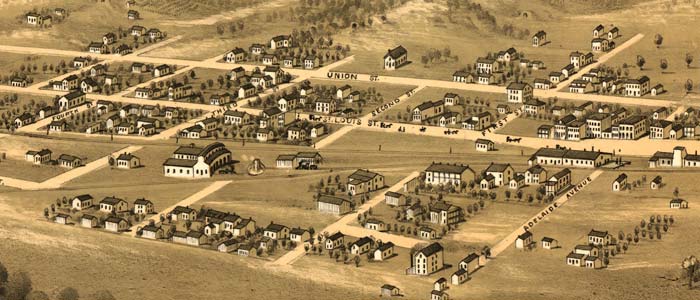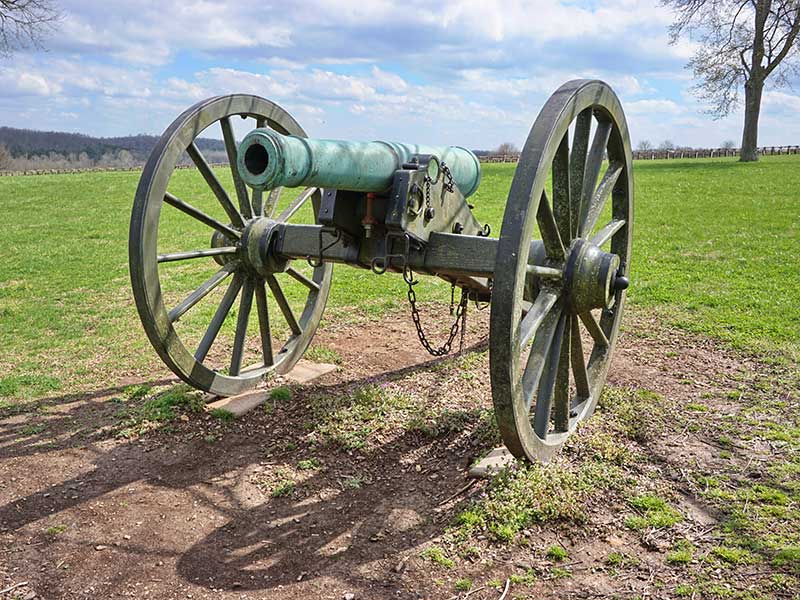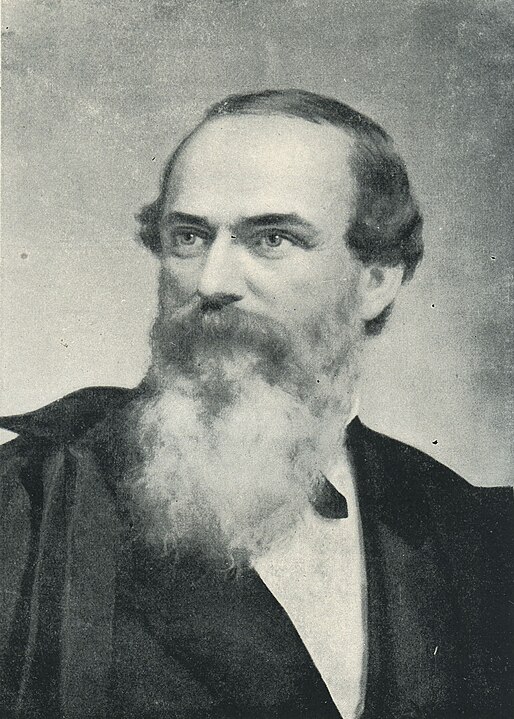This unique exhibit delves into the stories of Prisoners of War and life behind the wire, as well as the complex relationships between the prisoners and their captors, which surprisingly generated hope on both sides.
The National WWI Museum and Memorial in Kansas City has opened a unique new exhibit highlighting Prisoners of War. During the Great War, nearly 9 million people were held as POWs. Both sides in the conflict imprisoned people anywhere from Southeast Asia shores to the Siberian tundra to just a few miles from the Western Front.
This exhibition explores how the relationships between prisoners and guards sustained hope amid suffering and uncertainty and bleak circumstances. The historical and personal accounts of prisoners deliver a hefty impact and still relevant message a century later. The exhibit is open now through April 30. Admission is $10 for adults, $8 for military and seniors, and $6 for youth. With a general admission to the entire museum, the exhibit is only $3 more.
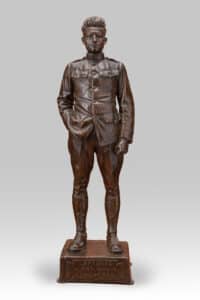
Captured but not conquered:
On Nov. 2, 1917, German troops raided the yet inexperienced American 16th Infantry Regiment in trenches near Nancy, France, killing three and capturing 11 soldiers, the first US casualties of WWI. German propagandists distributed photos of the prisoners in a campaign to demoralize US troops that were amassing in Europe. The campaign backfired: One of the photographs depicted Sgt. Edgar Halyburton, staring resolutely at the camera with a hand in his pocket and the other clenched in a fist. The Allies flipped the German campaign into one of their own, broadcasting the image internationally for their own propaganda. It caught the attention of American sculptor Cyrus Dallin who cast it in bronze. The statue at the exhibit is one of five originals and the one that Dallin gave to the Halyburton family.
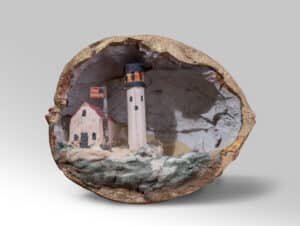
Walnut Shell Diorama
Two handmade dioramas in walnut shells were made by Sidney Christopher Hugh Milgate, 1st Royal Naval Brigade, D Company, Collingwood Battalion, in a German prisoner-of-war camp. This one shows a lighthouse and coastal scene. The other in the exhibit shows a sailing ship.

Violin
While a prisoner of war of the French, German soldier August Christian Voigt made a violin from scrap supplies provided by his guards. The P.G. 46 stands for Prisonnier de Guerre number 46. The back of the violin is also marked, with the name of the camp where he was held and the dates 1918–1920.

Russian POW coat
A brown fabric coat (mendir) with wooden buttons was worn by a Russian officer in a German or Austrian POW camp. The white square above the left pocket is marked R26–VII. The latter may have been the number for the prison camp. The R26 also appears in orange collar tabs may be his prisoner number. The wide orange armband also identified the wearer as a POW.
Related Posts
The Missouri Intelligencer and Boonslick Advertiser Launch: April 23, 1819
On this date the newspaper, Missouri Intelligencer and Boonslick Advertiser became the first to be printed west of St. Louis. This was important because of the town's (Franklin's) place near the head of the Santa Fe Trail.
Wilson’s Creek National Battlefield is Established: April 22, 1960
On this date in Missouri history, Wilson’s Creek National Battlefield is established. The battle, the first in Missouri’s long Civil War history, took place on August 10, 1861, west of Springfield.
James Sidney Rollins is Born: April 19, 1812
James S. Rollins was born on this day. Many recognize Rollins as the Father of the University of Missouri.

